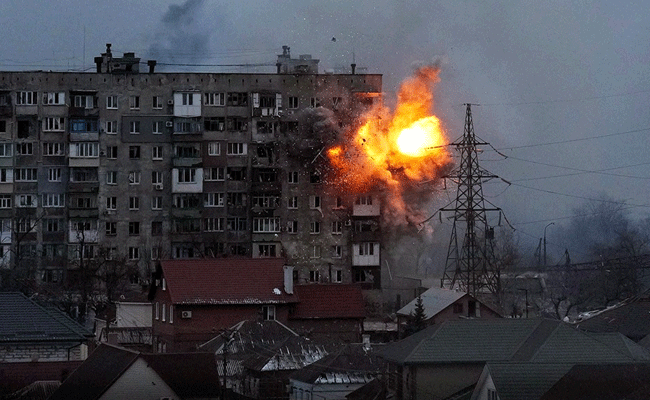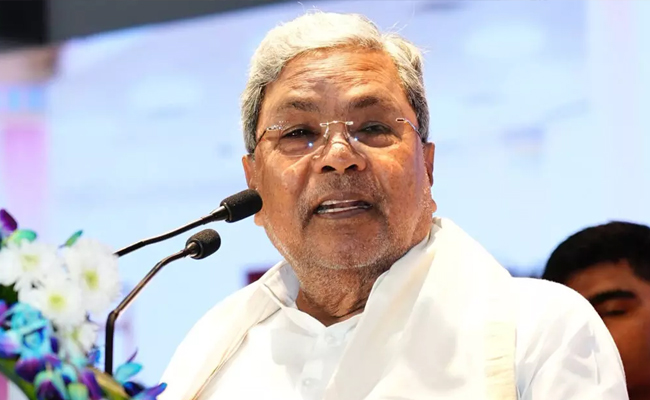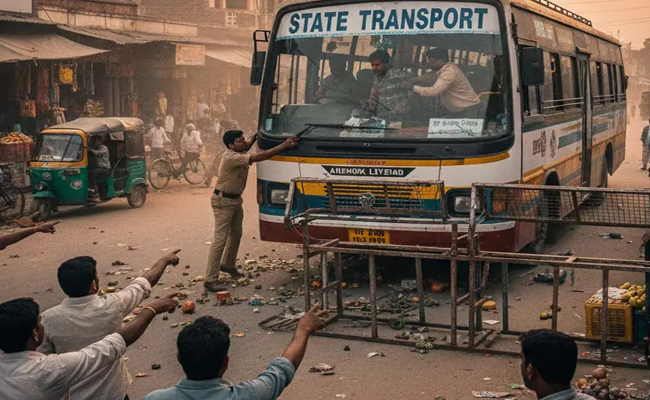Researchers have indicated that defence spending in Asia has seen a notable rise over the years, particularly due to the Russia-Ukraine conflict. A Chinese News paper SCMP has contended that the US is responsible for this trend, alleging that the US has been utilizing the Ukrainian crisis in order to bolster its Indo-Pacific alliances against China
Chinese experts have cautioned that the conflict in Ukraine has sparked an even more intense arms race in the area near China in the past twelve months.
Researchers from the Shanghai Academy of Social Sciences' Institute of International Relations report that the military buildup and preparations of China's neighbouring countries have been increased following the Russian incursion in Ukraine in February 2022.
A study published by the Pacific journal of Renmin University declared that the European conflict had greatly changed the security landscape of the region.
A study published by the Pacific journal of Renmin University declared that the European conflict had greatly changed the security landscape of the region.
The authors stated that the Ukrainian crisis has caused greater conflict in the region, resulting in fresh security problems and pushing Japan, South Korea, and India to be more aligned to the United States.
Wang Jian and Zhang Qun asserted that the US has been reinforcing its alliances in the Indo-Pacific region to oppose China, which is a driving factor for the trend. They claimed that the US has utilized the Ukraine crisis to encourage Nato's participation in the region by showcasing the potential hazards of the war's repercussions "extending" to Asia.
The Stockholm International Peace Research Institute (SIPRI)'s yearly reports demonstrate a constant growth in military spending in the area since at least 1989.
Military readiness in the Asia-Pacific region increased due to the actions of both China and the United States.
China's defence budget for 2022 was 1.45 trillion yuan (US$229.6 billion) - a 7.1 per cent increase from the previous year - making it the second highest military expenditure in the world. Over the years, the country has seen continuous double-digit growth.
SIPRI figures have revealed that Japan's budget for defence has gone up by 7.3% in 2021 when compared to the year before, while South Korea and India's defence spending have risen by 4.7% and 0.9% respectively.
The paper pointed out that the regional militarization greatly increased following the Russian incursion into Ukraine, with North Korea striving to construct its own nuclear strength. At the same time, South Korea and Japan are evaluating a collective strategy with the US.
In December, Tokyo made public its budget for the Japanese Self-Defence Forces for 2023 - which exhibited an impressive 26 percent growth compared to the previous year. This is reported to be the largest year-on-year increase in Japan's planned defence spending since 1952.
Given that Japan considers North Korea and China as potential dangers, it has announced its ambition to raise its military budget from 1.1 percent of the Gross Domestic Product to 2 percent by 2027, matching the amount of the North Atlantic Treaty Organisation.
A sum of up to US$287 billion could be achieved in the next five years, in comparison to the US$39.66 billion of this current financial year that will come to a close in March.
Japan is increasing the presence of their military on a nearby island to Taiwan in response to China's recent missile exercises.
For the 2023-24 financial year, the Indian government has suggested a 13 percent rise in its defence budget to 5.94 trillion rupees (US$72.6 billion) due to tensions at the borders with China and Pakistan.
The estimated amount of expenditure is equivalent of 2% of the country's Gross Domestic Product and 13.18% of all government disbursement.
The Republic of Korea kept up the same speed with an appropriation of 57.1 trillion won (US$42.1 billion) for the 2023 defence budget, which is a 4.6 per cent jump from 2022. As they keep an eye on North Korea, they are advancing their anti-missile defense systems, drones, and submarines and increasing the salaries of their service personnel.
China and India recently held their first face-to-face talks about their shared border since 2019 and reported positive progress.
In August of last year, Taiwan revealed an allocation of NT$108.3 billion (US$3.5 million) as "special funds" for specific weapons purchases, such as F-16V fighters from the US, as well as additional funding for army housing, defence production, and other related undertakings. Many view the region as the most likely spot for a hotspot.
For 2023, Taiwan has allocated NT$415.1 billion (US$13.7 billion) for defence spending. This year, their proposed expenditure totals NT$586.3 billion, representing a 24 per cent increase from last year.
Washington has stressed the importance of Taiwan increasing its military spending in light of the heightened tensions between the two sides of the strait, which were exacerbated following Nancy Pelosi's tour of the island in August.
The US and numerous other nations do not accept Taiwan as an independent nation. The Chinese government believes the island is part of its own sovereignty and has not ruled out the use of force to gain control of it, something that the US is strongly against.
Starting in 2024, Taipei will implement a longer period of mandatory military service, extending it from four months to a full year. The pay for conscripts will also be raised, to more than NT$20,000 (US$660) from the current NT$6,500 (US$214), representing a tripling of the amount.
Song Zhongping, a Chinese military commentator, pointed out that the increased expenditure on defence in the area only profited arms dealers.
He declared that the arms race is draining other nations, such as China, but is a lucrative activity for the United States due to their booming, overly expensive arms sales

Girish Linganna
Aerospace & Defence Analyst
Let the Truth be known. If you read VB and like VB, please be a VB Supporter and Help us deliver the Truth to one and all.
Mumbai (PTI): Rupee depreciated 9 paise to an all-time low of 90.58 against US dollar in early trade on Monday, weighed down by uncertainty over an India-US trade deal and persistent foreign fund outflows.
Forex traders said rupee is trading with a negative bias as investors are in wait and watch mode and awaiting cues from the India-US trade deal front.
At the interbank foreign exchange market, the rupee opened at 90.53 against the US dollar, then fell further to an all-time intraday low of 90.58 against the greenback, registering a fall of 9 paise over its previous close.
On Friday, the rupee had slipped 17 paise to close at an all-time low of 90.49 against the American currency.
Meanwhile, the dollar index, which gauges the greenback's strength against a basket of six currencies, was trading 0.05 per cent lower at 98.35.
Brent crude, the global oil benchmark, was trading higher by 0.52 per cent at USD 61.44 per barrel in futures trade.
On the domestic equity market front, the 30-share benchmark index Sensex was trading 298.86 points lower at 84,968.80, while the Nifty was down 121.40 points at 25,925.55.
Foreign Institutional Investors sold equities worth Rs 1,114.22 crore on Friday, according to exchange data.
"FPIs continue to be in selling mode in equity and debt while RBI has been selling dollars to fund their long positions," said Anil Kumar Bhansali, Head of Treasury and Executive Director Finrex Treasury Advisors LLP.





